|
Rencontre autour de la Corée du Nord ! Retrouvez Valérie Gelézeau et Benjamin Joinau à la librairie le Phénix à Paris le samedi février pour une présentation de leur ouvrage : "Faire du terrain en Corée du Nord". A partir de 17h, gratuit, sur réservation.
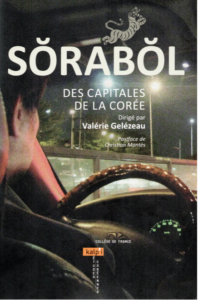 J'ai commis un chapitre de ce livre (sur Pyongyang)... A part cet article que je considère préparatoire, je ne peux que vous recommander cette lecture, sous la direction de la toujours excellente Valérie Gelézeau ! Collection Kalp’i – Études coréennes 3 de l’Institut d’études coréennes du Collège de France Valérie Gelézeau (dir.) SŎRABŎL DES CAPITALES DE LA CORÉE postface de Christian Montès Collège de France, Institut d’études coréennes, collection « Kalp’i – Études coréennes », 2018, 378 pages. Ouvrage diffusé aux Éditions De Boccard : 4 rue de Lanneau 75005 ParisTél :01 43 26 00 37 Présentation de l’ouvrage : Au lecteur français qui volontiers assimile la France à Paris et conçoit simplement une unique ville capitale, ce livre présente au contraire l’archipel des capitales de la Corée. Deux capitales d’États concurrents (Corée du Nord et Corée du Sud), Séoul et Pyongyang, existent sur la scène internationale en des images contrastées (défilés sur la place Kim Il Sung, surmodernité du Gangnamscape), tandis que deux grandes capitales historiques, Kaesŏng et Kyŏngju, toutes deux inscrites sur la liste du patrimoine mondial de l’UNESCO sont le théâtre de programmes variés de conservation ou au contraire, de destruction de leur exceptionnel patrimoine. À côté de ces grandes capitales de la géohistoire coréenne, d’autres, moins connues, tissent la structure d’une histoire-espace où le pouvoir monarchique a capitalisé, et décapitalisé des sites — Kongju, Puyŏ, Suwŏn. Et au-delà de la péninsule, les grandes villes de la diaspora, d’Almaty au New Seoul de Los Angeles, achèvent de dessiner le réseau des capitales d’une « métanation » plurielle et complexe : la Corée. La perspective historique transversale, pluridisciplinaire et comparée de ce livre qui rassemble plus d’une dizaine d’auteurs propose un récit multisitué de ces capitales. Il montre comment le pouvoir s’inscrit dans la capitale, projetant l’intention nationale dans des actes de fondation ou de grands projets d’aménagement. Il analyse certains acteurs sociaux engagés dans la fabrique même de la capitale ou de ses lieux de mémoire — patrimoniaux ou nouveaux. Au-delà des capitales de la Corée, ce livre interroge, au fond, la capitalité, c’est-à-dire ce qui fait l’essence de toutes les capitales du monde. Valérie Gelézeau, géographe, est directrice d’études à l’EHESS. Sur le terrain, à partir de l’expérience des habitants, elle questionne la société coréenne dans son rapport à l’espace. Elle a publié notamment Séoul, ville géante, cités radieuses (CNRS éditions 2003, aujourd’hui en OpenEdition), Séoul Mégapole (Autrement, 2011) et (avec Alain Delissen et Koen De Ceuster)Debordering Korea (Routledge, 2013). Elle a reçu en 2005 la médaille de bronze du CNRS (section Territoires, espaces sociétés) et été lauréate en 2008 du prix Culturel France-Corée. Sortie du numéro spécial Corée de la revue "Critique" |
|||||||||||||||||||||||||
| Vous trouverez cette revue en vente dans les bonnes librairies comme Compagnon, Gibert ou Le Phénix à Paris. La revue est aussi en vente en ligne. Pour ceux qui résident en Corée du Sud, vous trouverez la revue dès le 26 février dans les librairies Kyobo, à Seoul Selection, et aussi en ligne sur le site de l'Atelier des Cahiers. Le numéro sera disponible à l'achat numérique sur le site CAIRN dans un ou deux mois. | Sommaire détaillé : Hwang Sok-young, « Le Prisonnier (extrait) » Philippe Pons, « L’exceptionnalisme de la Corée du Nord » Benjamin Joinau, « Qu’est-ce qui coule quand un bateau coule ? » Alain Delissen, « Busan-Séoul et retours : le train emballé de la longue modernité » Valérie Gelézeau, « La frontière coréenne et le « problème » nord-coréen » Patrick Maurus, « Une, deux, trois Corée » Jie-Hyun Lim, « Comment historiciser le monde en Asie orientale ? » Chang Kyung-Sup, » « Modernité comprimée » et famille en Corée du Sud » Kim Kyung-mi, « La Corée du Sud à l’épreuve du multiculturalisme » Benjamin Joinau, « Soi-même comme un autre : identité et altérité dans le cinéma sud-coréen populaire » Lee Ki-Sang, « Le ménage sensibilité-spiritualité, fondement de l’identité culturelle coréenne » Bernard Senécal, « Tribulations du bouddhisme, de Wonhyo à Seongcheol » Choi Mikyung et Jean-Noël Juttet, « 'Les sombres feux du passé ' dans la littérature contemporaine de Corée du Sud » Entretien avec Han Kang, « On ne peut séparer la littérature engagée de celle qui ne l’est pas comme on trancherait un pain de tofu au couteau. » |
| Un chapitre consacré à un long entretien avec François Keller et Enrica Ferri dans le "Goût de l'écriture" paru chez Slatkine. |
| I gave a long interview to my friend Sébastien Falletti for his new book "Corée du Sud, le goût du miracle". A very nice little book to serve as an introduction to modern South Korea. Click here for more info. |
| "Sketches of Korea" is available in ebook format for Kindle, Ipad, smartphones, etc. Check on Amazon and other retailers! |
| I had the pleasure to write the preface for the graphic novel "Jiseul", a vibrant work about the civilian massacre in Jeju Island in 1948 written by O Muel and cartoonized by Keum Suk Gendry-Kim.
| |||||||
And a new article on Korea.net, the official site of the Republic of Korea, has been released about it:
Follow the links for the different versions:
On the Blue House site (Cheonghwadae) :
http://english1.president.go.kr/korea/korea.php?srh%5bview_mode%5d=detail&srh%5bseq%5d=10684
In English:
http://www.korea.net/NewsFocus/People/view?articleId=127413
In Korean:
http://www.kocis.go.kr/koreanet/view.do?seq=3941
NB : the reporter did a great job in this long article and she tried her best to catch what I was explaining in my poor Korean! Here are few misunderstandings though:
- concerning the white clothes, I tried to explain that the situation during the Joseon era was more complicated than what we are usually being taught. At times, commoners were forbidden to wear white cloths, but at the same time it is said that colors were forbidden for most social groups except for the aristocracy and the officials. Children and elderly people could wear pastel colors. But then what commoners could be wearing if white and colors alike were forbiden to them? It is actually a question which need to be answered with precision, taking into account, the time, the place and the social group considered. The "white-clad folk" may have been a widespread reality only at the very end of the dynasty...
- "minhwa" is a term invented during the colonial times. It covers different types of paintings which belonged not to one genre, but to several genres in the past.
- "Though not understandable, however, there is one thing I see as pitiful": I think I understand this situation of lack of "yeoyu" or free time/leisure/space. I don't find it pitiful, I regret it.
- "If we cannot eat, it would be very painful": really? No comment...
- the French movement to rediscover "daily routine" that I was mentionning is the academic rediscovery of everyday life, like in Michel De Certeau works ("The practice of everyday life").
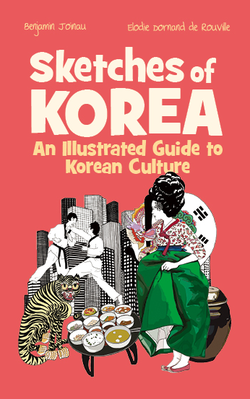
An Illustrated Guide to Korean Culture
Writer: Benjamin Joinau
Illustrator: Elodie Dornand de Rouville
Date of Publication: April 27, 2015
Page Count: 212
Book Size: 128X195 mm
Price: KRW 12,900
Publisher: Seoul Selection
Here is all you need to know about Korea outside of Samsung, K-pop, kimchi and taekwondo.
◆ A French-born cultural anthropologist teams up with an illustrator and compatriot to bring you a cultural guide to Korea.
Metrosexual pretty boys and plastic surgery beauties, university students scrambling for jobs and middle-aged ladies donning sun visors, Korean subway cars packed with selfie-obsessed high-schoolers – isn’t there a book that explores this side of Korea?
As people the world over continue to fix their attention on Korea, the number of books on Korean culture is also on the rise, but most Korea-related publications thus far have focused on either hackneyed material or an idealized portrait of life on the peninsula. But what about the unpackaged version, a book about the way Korea really is? With this simple goal in mind, two French expats who have studied Korean society as longtime residents in the country have collaborated to create “Sketches of Korea: An Illustrated Guide to Korean Culture.” An all-encompassing manual, the book spans 47 different topics ranging from the nation's latest trends to its traditional culture, social customs, art and even religion. The word "sketches" in the title refers to a direct and honest portrayal of the writer’s and illustrator's personal impressions of Korea, as well as to the drawings that animate the book's every page. To international readers looking for more than just another typical book about Korea, and to the Korean readers who are interested in an objective portrayal of their country by a foreign resident, this book is for you.
Cultural anthropologist meets artist: A portrait of 21st-century Korea by two Parisians
Author Benjamin Joinau has built himself a unique resume over his past 20 years in Korea. After majoring in humanities and philosophy at the Sorbonne in France, he switched to the field of cultural anthropology, having found himself fascinated with Korean culture. He has since worked as a translator of Korean literature, an exhibition organizer, a food columnist and a host for a TV program on Korean cooking – a truly multifaceted career. Artist Elodie Dornand de Rouville is known for her drawings that capture the lives of Koreans from a unique perspective, as well as for her installation work. She arrived in Korea 10 years ago with a diploma from the distinguished École Nationale Supérieure des Beaux-Arts, and continues to reside there with her Korean husband. Although both the writer and illustrator can now call Korea their second homeland, life when they first arrived wasn't always so comfortable. They encountered difficulties while carrying out the mundane aspects of everyday life, such as how to behave in a public bathhouse, or what to avoid doing when drinking with Koreans. “Sketches of Korea” is a meaningful and practical cultural guide based on the personal experiences of the writer and illustrator, who wish to pass on what they've learned to other non-Koreans. They set out to portray Korea as it is, neither advertising its cultural brilliance nor denigrating it from a purely Western perspective.
From traditional to modern: Forty-seven different themes
A compilation of work that the writer and illustrator contributed together for a magazine column throughout a few years, “Sketches of Korea” is divided into five chapters. The book spans 47 individual sub-themes that are sure to fascinate the non-Korean reader, starting with the daily lives of present-day Koreans (Chapters 1 and 2), then shifting into Korea's traditional arts and modes of life (Chapters 3 and 4) and finally examining the religions and belief systems that constitute Koreans' spiritual roots (Chapter 5). Artist Elodie Dornand de Rouville perfected each illustration by incorporating various personal experiences from Korean life, such as eating silkworm pupae, making kimchi and writing calligraphy. Although the artistic process was a long one, she says such experiences have helped her to better understand the Korea she lives and draws. “Sketches of Korea” offers practical, real-life tips on traditions such as Korea's unique system for leasing properties or the practice of giving cash gifts for weddings, allowing readers to better understand how Koreans operate. There's no need to read this book in chronological order. Just flip to whichever section interests you, whether you’re drawn in by the content or the illustrations. To aid our readers unfamiliar with the Korean writing system, Hangeul script has been provided alongside important terms, and a supplemental index has been added to facilitate understanding.
An illustrator's solo exhibition: Commemorating a new book and 10 years of life in Korea
In connection with the launch of “Sketches of Korea,” Elodie Dornand de Rouville is holding her exhibition, “Traversée,” from May 15 to 29 at the Paik Hae Young Gallery in Itaewon.
The exhibition will showcase a series of 40 drawings on hanji paper. Elodie extracted drawings from “Sketches of Korea” to deliver a more personal vision of Korea replaced in a humorous context.
These drawings play on contrasting couples: black and white, I and the other, interior and exterior, shadow and light… They are both poetic and idiotic, childish and intended for adults only, unique and indefinitely reproducible…
Elodie delivers a jubilatory portrait of the modern Korean society with her sharp humor.
The exhibition will kick off with a book signing event on Friday, May 15 at 6 p.m.
Everybody is warmly invited.
About the writer and illustrator
Benjamin Joinau
After studying humanities and philosophy at the Sorbonne in Paris, Benjamin Joinau first visited Korea in 1994 for his French military service. He became fascinated with Korean culture, and decided to eventually settle down here, a decision that shifted his interests toward cultural anthropology and inspired his studies in France's School for Advanced Studies in the Social Sciences (EHESS), where he earned a PhD. He is currently a professor of Culture and Civilization at Hongik University in Seoul. In addition to his native French, he has also published several books and dissertations in English and even Korean. His key works include “Petit futé Corée” (1999), a French travel guide on Korea; “Séoul: L’invention d’une cité” (2006), an essay collection on Seoul; “Two Frenchmen Talk about Cuisine” (2004), an introduction to the French palate; “Face and Imagination,” a philosophical, psychoanalytical and aesthetic examination of human faces; and “Les descendants de Cain” (2002), a French translation of Korean writer Hwang Sun-won's 1954 novel “The Descendants of Cain.”
Elodie Dornand de Rouville
After receiving a Brevet de Technicien Supérieur in graphic design and visual communication, Elodie Dornand de Rouville earned a Diplôme National Supérieur d'Arts Plastiques in painting and installation art from the École Nationale Supérieure des Beaux-Arts in Paris. She first arrived in Korea in 2002 as an exchange student at Hongik University. She attracted the limelight in 2005 by taking part in the exhibition “Korean-Eyesed,” which displayed Elodie’s work that captured the daily lives of Koreans through her unique style and vantage point.
She has since explored themes such as connective links, memories and physical locations, displaying her work through solo exhibitions, including “Laisse-moi là” (2003), “Instant Mirror” (2009), “Cabinet de curiosité” (2010), “A course of Evanescence” (2013) and “The Shadow of a Star” (2014).
Inquiries Regarding Press Release: Eugene Kim, 070-4060-5154, [email protected]
Inquiries Regarding Book Purchases: Na-ryeong Kim, 02-734-9565, [email protected]
The book is on sale in Korea in major bookstores such as Kyobo and Youngpoong, and also of course in Seoul Selection bookstore in Gwanghwamun and online on its Website. Soon to come on Amazon.com and in the USA.
Articles in the medias:
| 한글 보도자료 | |
| File Size: | 531 kb |
| File Type: | |
| Table of Contents Introduction Social Ages of Life and Social Stereotypes Body Language and Salutations Table Setting and Etiquette Markets and Street Vendors Sleeping in Korea Public Baths Modern Housing Styles Wedding and Marriage Funeral Rituals and Ceremonies City Signs and Symbols Everyday Modern Objects Cultural Dishes of Korean Cuisine Pojangmacha and Street Snacks Kimchi Jangdokdae Drinking Culture Festivals and Holidays National Symbols Games The Korean Alphabet, Hangeul Royal Shrine Ancestral Ritual | Artistic Calligraphy Ceramics Dances Colors and Patterns Musical Instruments Songs Scholar and Court Paintings Folk Paintings Traditional Women's Costume Men's Costume Men's Hats Martial Arts Everyday Objects of the Old Days House Gentlemen's Quarter Room Furniture Palaces, Fortresses and Gardens Spiritual Religions Shamanism Divination and Geomancy Folk Beliefs Buddhist Temples Statues of Buddha Buddha's Birthday Supernatural Beings Royal Tombs |
Benjamin Joinau's
Texts - Articles - Books - Presentations - Lectures - etc.
Catégories
Tous
상상
상상
서적
얼굴
Articles
Book
Books
Charming Korea
Cinema
Colloque
Colloquium
Communication
Conference
Conférence
Conférence
Corée
Corée
Corée Du Nord
Corée Du Nord
Course
Discussion Board
Face And Imagination
Food
Forum
Gastronomie
Gastronomy
Hallyu
Imaginaire
Interview
Itaewon
Lecture
Literature
Littérature
Littérature
Littérature Coréenne
Littérature Coréenne
Media
Memory
North Korea
Nouvelles
Radio
Speech
Television
Traduction
Urban Planning/city
Ville
Visage
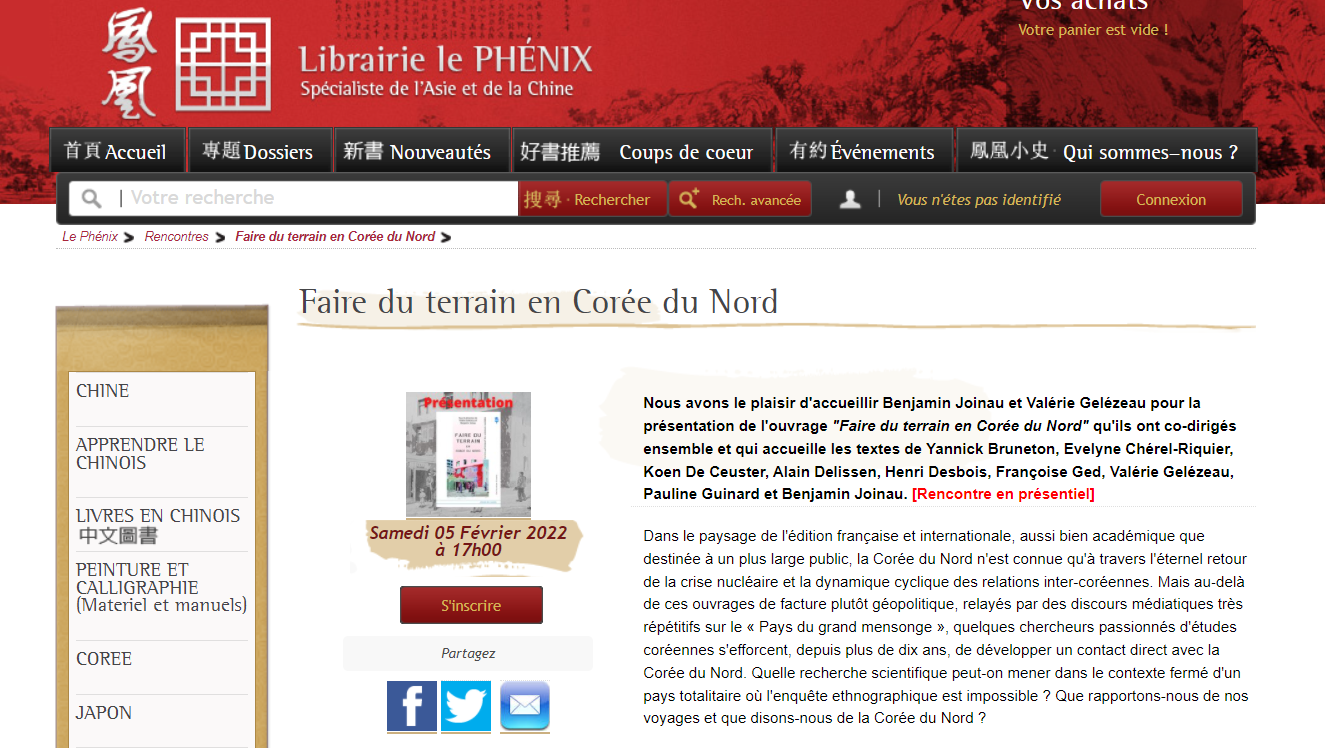
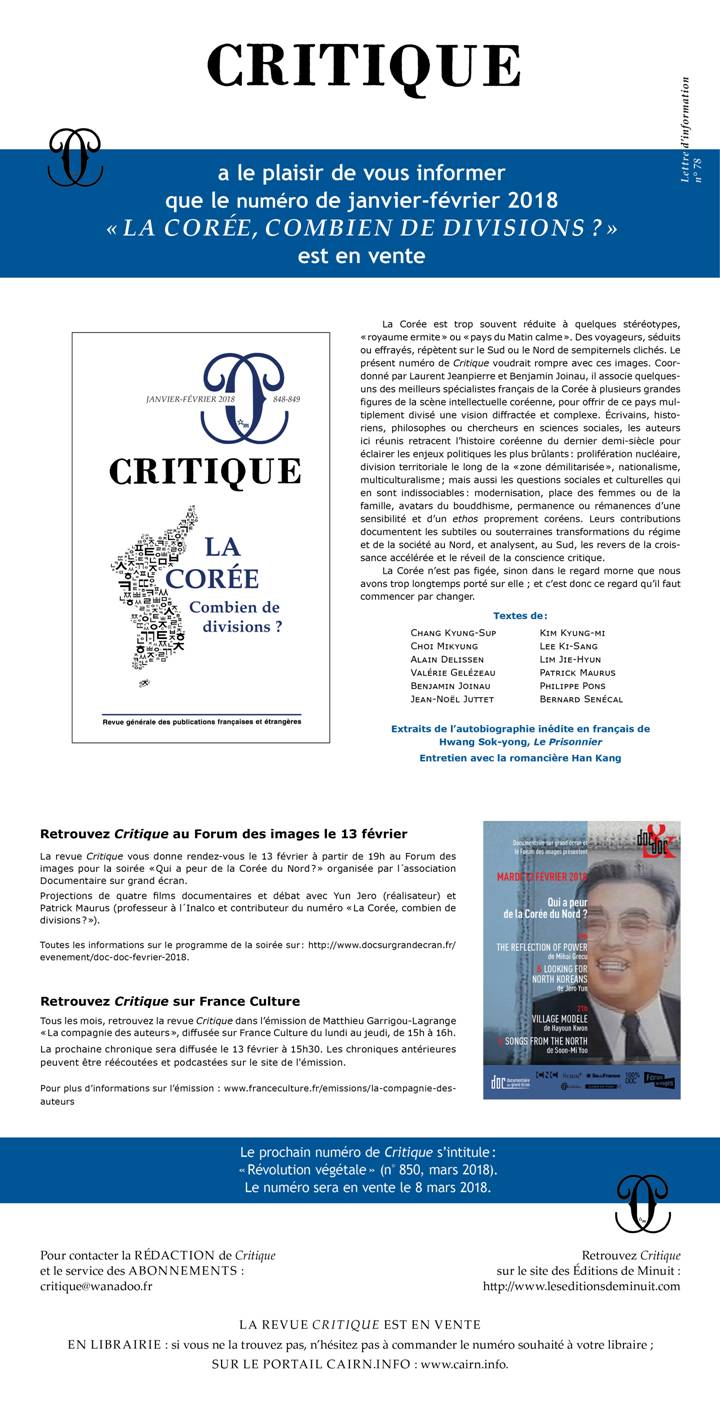
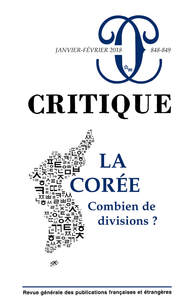
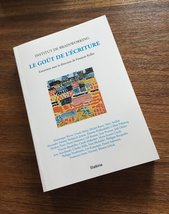
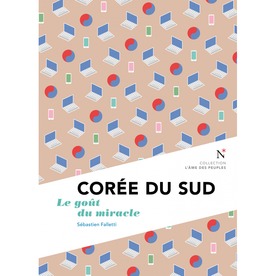
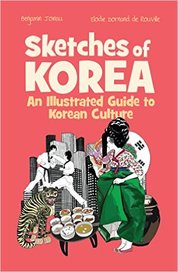
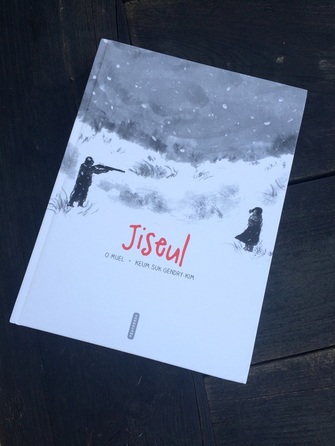
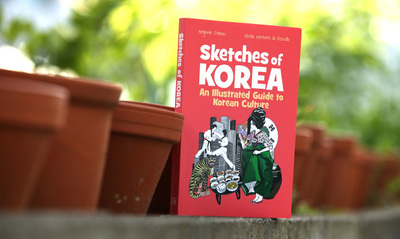
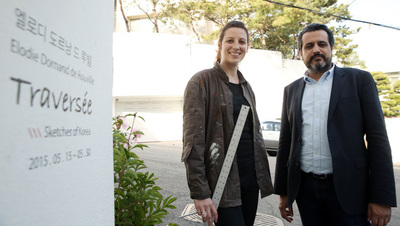

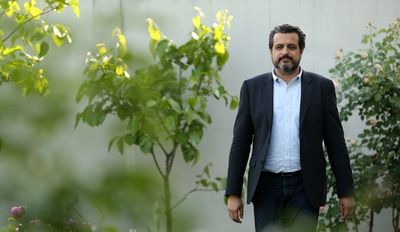


 Flux RSS
Flux RSS
